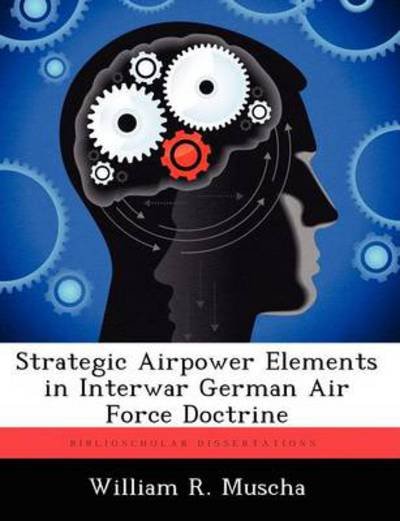
Tell your friends about this item:
Strategic Airpower Elements in Interwar German Air Force Doctrine
William R Muscha
Strategic Airpower Elements in Interwar German Air Force Doctrine
William R Muscha
Publisher Marketing: Germany reestablished its air force during the last half of the interwar period of 1919 to 1939, a period in which airpower theorists attempted to merge the new technology of aviation with traditional roles of the military. The Royal Air Force adopted the offensive use of airpower to attack enemy sources power as its primary mission and focused on defeating the enemy nation. Great Britain's national strategic situation, its lessons from World War I, and its air leadership all contributed toward this adoption. The German situation was different. Its lessons from World War I, its traditional views on the roles of its army, its strategic situation, and its fragmented air leadership contributed toward its adoption of an air doctrine that focused on defeating enemy military forces, not enemy sources of power. The Treaty of Versailles also restricted the size of its military and the kinds of aircraft it could build, affecting its air force's mission. This thesis addresses the development of a new technology and its adoption as either a doctrinal evolution or revolution. It also addresses the question of why one nation might see more value in strategic air doctrine rather than a doctrine focused on the enemy's military.
| Media | Books Paperback Book (Book with soft cover and glued back) |
| Released | August 10, 2012 |
| ISBN13 | 9781249249955 |
| Publishers | Biblioscholar |
| Genre | Chronological Period > 1940's |
| Pages | 108 |
| Dimensions | 189 × 246 × 6 mm · 208 g |
See all of William R Muscha ( e.g. Paperback Book )


